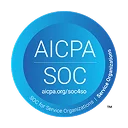All businesses need a constantly evolving customer service team in order to keep up with shifting customer expectations and quickly changing technology.
However, constructive change is difficult without having clear direction. Without setting defined customer service goals, teams may struggle with conflicting priorities.
Well thought-out goals not only provide a target but also significantly enhance the team’s performance and ability to meet increasing standards.
This blog will guide you on what customer service goals are and how to set smart goals.
What are customer service goals?
Customer service goals are the objectives your company aims to achieve through its customer service.
These goals can be used to measure the support team’s performance and effectiveness.
A company that establishes customer service objectives and strategies can foster better relationships with its customers.
When setting customer service goals, it’s important to make them SMART: specific, measurable, achievable, relevant, and time-bound. This ensures that your goals are clear, trackable, and realistic.

Why does your company need to set goals for customer service?
In both personal life and commercial ventures, having goals maintains the trajectory to success.
This is particularly vital in customer service, a sector where delivering positive customer experiences and managing numerous communication channels consistently is expected.
Establishing objectives for customer service can greatly benefit your business and customers in the following ways:
- Improves customer service quality: Customer service goals help improve the quality of service provided by the company. These goals set the standard of what is expected from the service team, ensuring that all members of the team are on the same page and working to achieve the same objectives.
- Enables continuous learning and improvement: Through setting customer service goals, the organization can identify areas that need improvements, learn from mistakes, and consistently work towards better performance.
- Provides clear direction: Customer service goals provide a clear direction for the team, outlining what needs to be achieved. They guide decision-making, help to prioritize tasks, and give everyone a clear idea of what they should be aiming for.
- Boosts profitability: Achieving customer service goals can lead to increased customer loyalty and repeat business, thus boosting profitability.
- Helps in performance evaluation: Customer service goals provide a basis for evaluating the performance of both individuals and teams. They make it easier to identify high performers and those who need support or training.
- Enhances accountability: When customer service goals are set, it creates a sense of responsibility and accountability with team members to achieve them.
- Motivates employees: Setting and achieving customer service goals can be highly motivating for employees. Besides providing a sense of purpose, goals offer your team something to strive for daily. It can boost their morale, increase their job satisfaction, and make them feel valued when their goal achievements are acknowledged.
Setting effective customer service goals
In our ultra-competitive modern world, setting appropriate goals is necessary for the success of your customer support team.
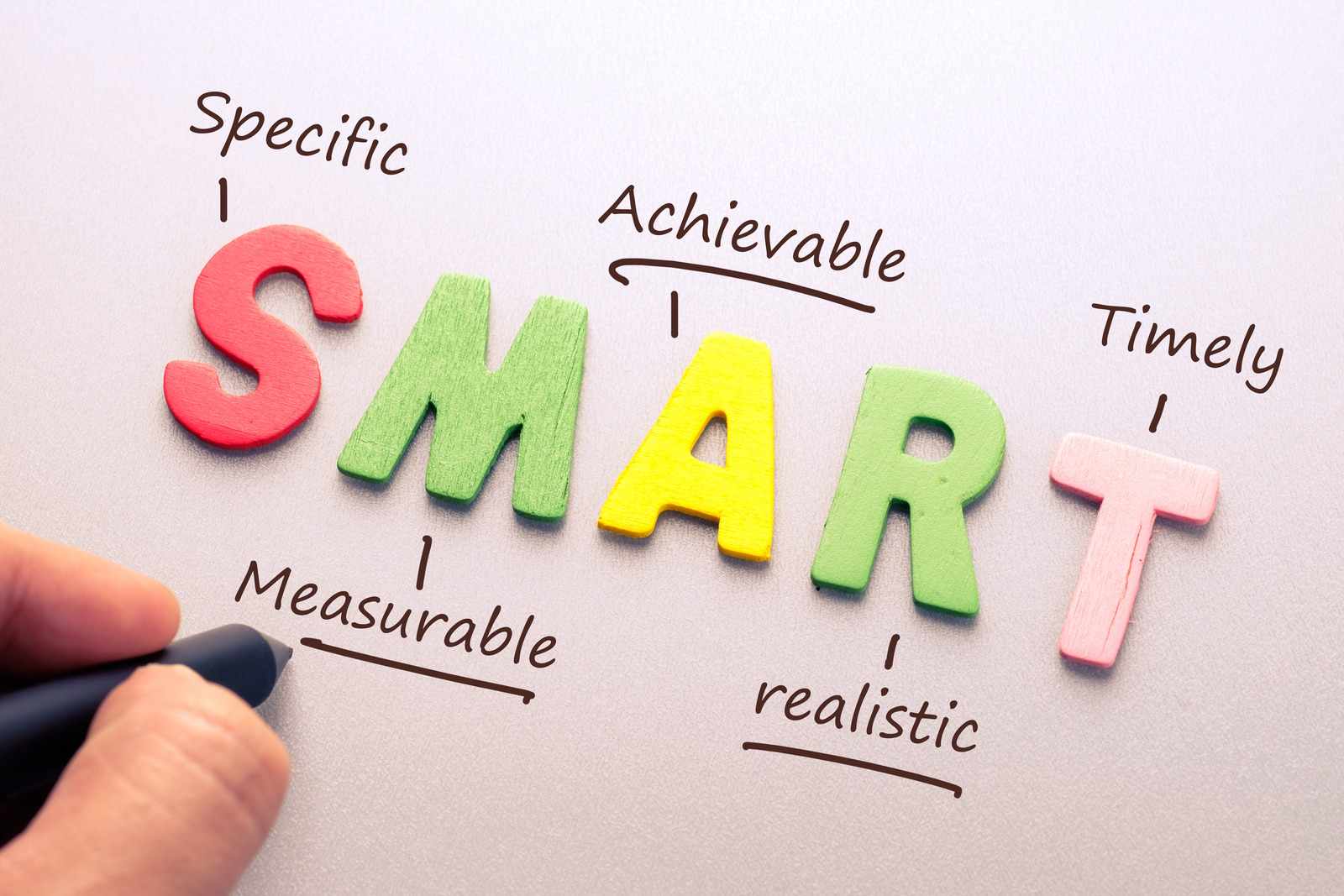
Your customer satisfaction goals need a structured framework to truly make a difference. This is where the concept of SMART goals for customer service comes in.
Specific
This means specifying precisely what you aim to accomplish with your goal. It’s vital for customer service departments to establish explicit and precise objectives.
Providing a clear and detailed explanation of your goals from the onset should prevent different interpretations of the goal among individuals and minimize confusion.
Measurable
This is being aware of the exact moment you have reached your targets. Objectives in customer service should be quantifiable to allow for tracking of progress over time.
You should establish metrics to evaluate the outcomes before and after implementing your strategies. This helps in maintaining focus and sticking to deadlines.
Achievable
This means establishing a target that you are confident your team can feasibly achieve. Setting high-reaching goals can effectively convey a vision and encourage growth among employees.
However, unrealistic expectations can damage morale. Essentially, these goals should encourage employees to step out of their comfort zone, but still be attainable over a period of time.
Relevant
This means that your goals should be in sync with your organization’s mission. The goals must align with your company’s values and expectations to ensure your employees grasp the reason for their pursuit.
When these two elements align in a harmonious manner, it ensures that the customer service department’s focus is consistently on the same path as that of the company’s overall strategic plan.
This alignment not only strengthens the effectiveness of the customer service team, but it also maintains the congruity and consistency within the business, which is imperative for overall success.
Time-bound
To attain success in any goal, it is crucial to establish a specific deadline. Having set deadlines and checkpoints for your goals creates an urgency that can motivate teams to progress and achieve success.
When setting a deadline, it’s important to be realistic about what you can achieve within the given timeframe.
Setting a goal that is too ambitious can lead to stress and disappointment. If your goal is lofty, break it down into smaller steps.
Examples of smart customer service goals
Here are some customer service goal examples to consider:
Examples of customer service department goals
Reduce customer wait time
Excellent customer service depends on speed. Aim to reduce your first response times (FRT) as a significant goal. A quick response makes customers feel acknowledged and calmer.
Clients also desire prompt resolution to their problems. According to a research by Salesforce, when customers contact a company, 83% of them anticipate immediate interaction with a representative.
If there is a significant delay, they may either resend the message or worse, switch to a competitor.
Quick response is a collective target for the whole team. Agents need to handle customer interactions promptly and be equipped with the right tools and adequate staffing to support this objective.
Increase customer loyalty
Customer loyalty is often a result of exceptional customer service. Keeping current customers is generally more cost-effective than acquiring new ones.
Improving customer loyalty should be a key goal for a customer service team, as it can lead to repeat business, positive reviews, and referrals, all of which can increase a company’s profitability.
There are countless strategies for fostering customer loyalty. However, the quickest way to gradually reduce that loyalty is by providing bad customer service.
The role of the customer service team is crucial in minimizing customer churn and preserving customer loyalty.
By focusing on providing excellent service, resolving issues promptly, and rewarding loyal customers, the team can help to increase the company’s profitability.
Encourage self-service
Self-service aims to minimize the number of customer queries that require an agent’s intervention. One of your company’s goals should therefore be to encourage self-service among your clients.
This not only allows customers to resolve simple issues on their own but also frees up your team to focus on more complex, high-value tasks.
Customers desire swift answers without the need to contact a customer support team.
According to a survey conducted by Nuance Enterprise, 67% of participants expressed a preference for self-service over interacting with a company representative.
Providing a means for this empowers customers while optimizing your support team’s productivity.
You can provide self-service resources such as:
- Knowledge bases
- FAQ pages
- Video tutorials
- User forums
Through providing and promoting self-service, you can reduce your team’s workload, improve customer satisfaction, and foster a more efficient support model.
Increase customer satisfaction
Customer satisfaction gauges how well a brand meets or exceeds the expectations of its users. One of the primary goals of any support team is to increase customer satisfaction.
Realizing customer satisfaction goals necessitates a comprehensive strategy.
It involves:
- Understanding customer needs and expectations
- Providing quality products and services
- Offering excellent customer service
- Seeking customer feedback
- Implementing customer suggestions
The main objective of providing customer service is to enhance customer happiness. A key performance indicator (KPI) widely used by customer service teams is the customer satisfaction score (CSAT).
A high CSAT score indicates that customers are extremely satisfied with your service and view your business as performing well.
The CSAT typically assesses customer satisfaction with a specific experience, collected via a survey following an interaction with a company representative.
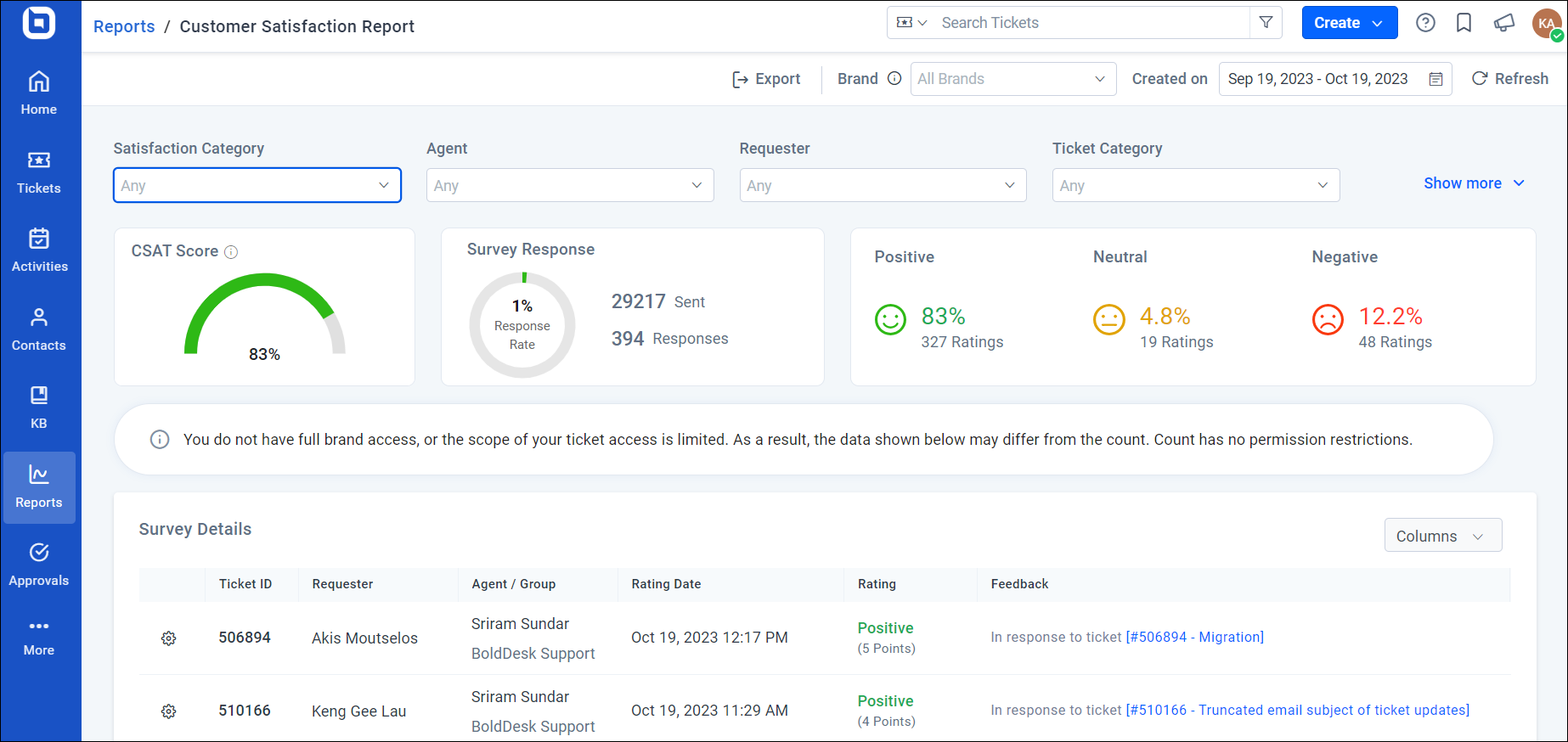
The CSAT is the collective responsibility of your entire team and reflects the customers’ experience from initial contact to the point when they close a ticket with your company.
Achieving customer satisfaction goals is a continuous process that requires dedication and commitment from the support team.
Collect valuable feedback
Creating an effective customer service strategy requires using feedback from said customers. Customers reach out because they are having issues and are often irritated about it.
They are your best source of information when it comes to how your customer service decisions and strategies are working to mitigate both the issues and irritation.
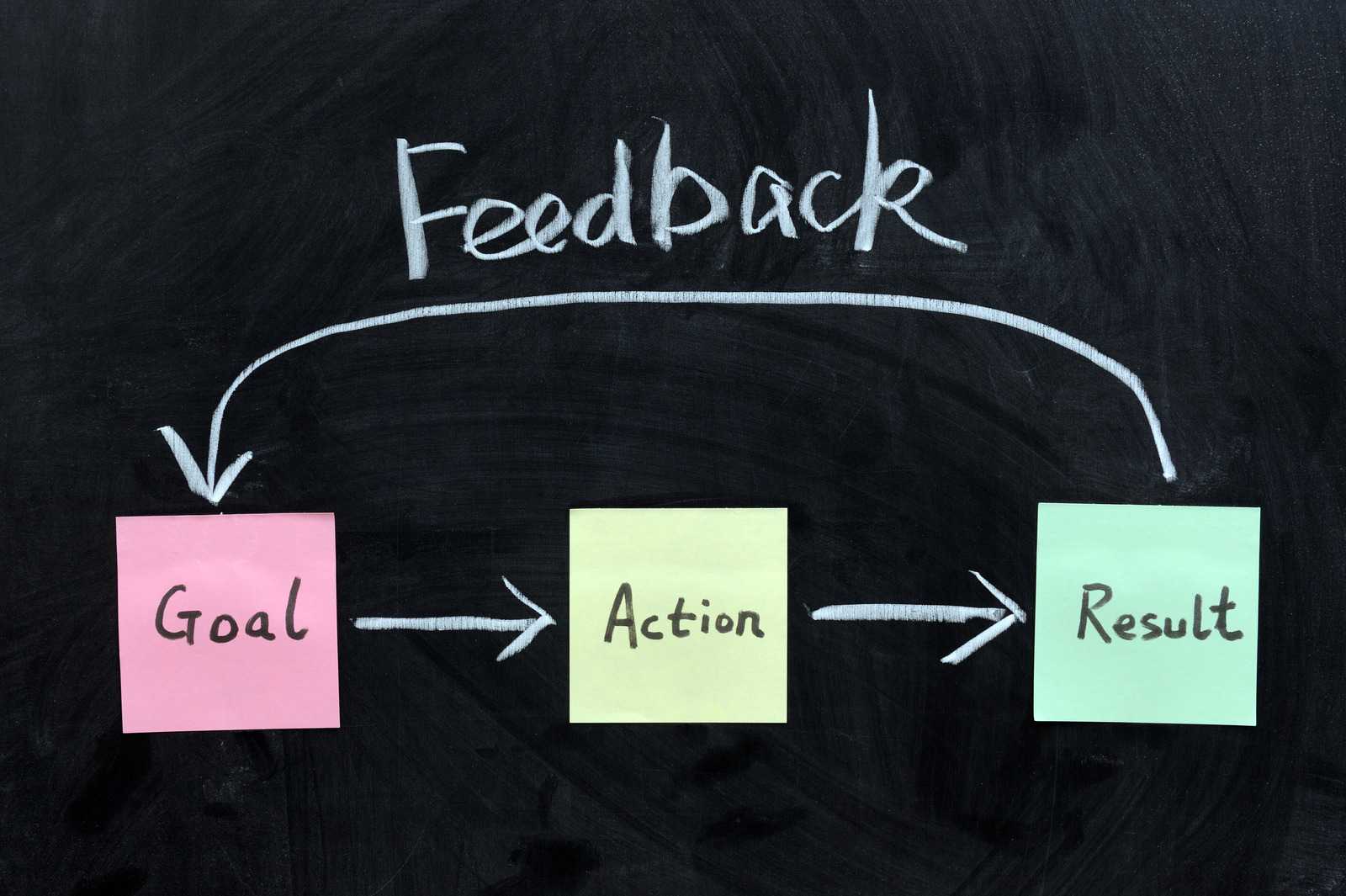
By addressing both positive and negative feedback, when feasible, you reassure your customers of your appreciation for them and your commitment to solving issues.
Addressing negative feedback offers the opportunity to convert a negative situation into a positive one.
Accepting responsibility, rectifying issues, and perhaps extending a goodwill gesture leaves your customers with a positive perception of your company, which could encourage them to continue doing business with you.
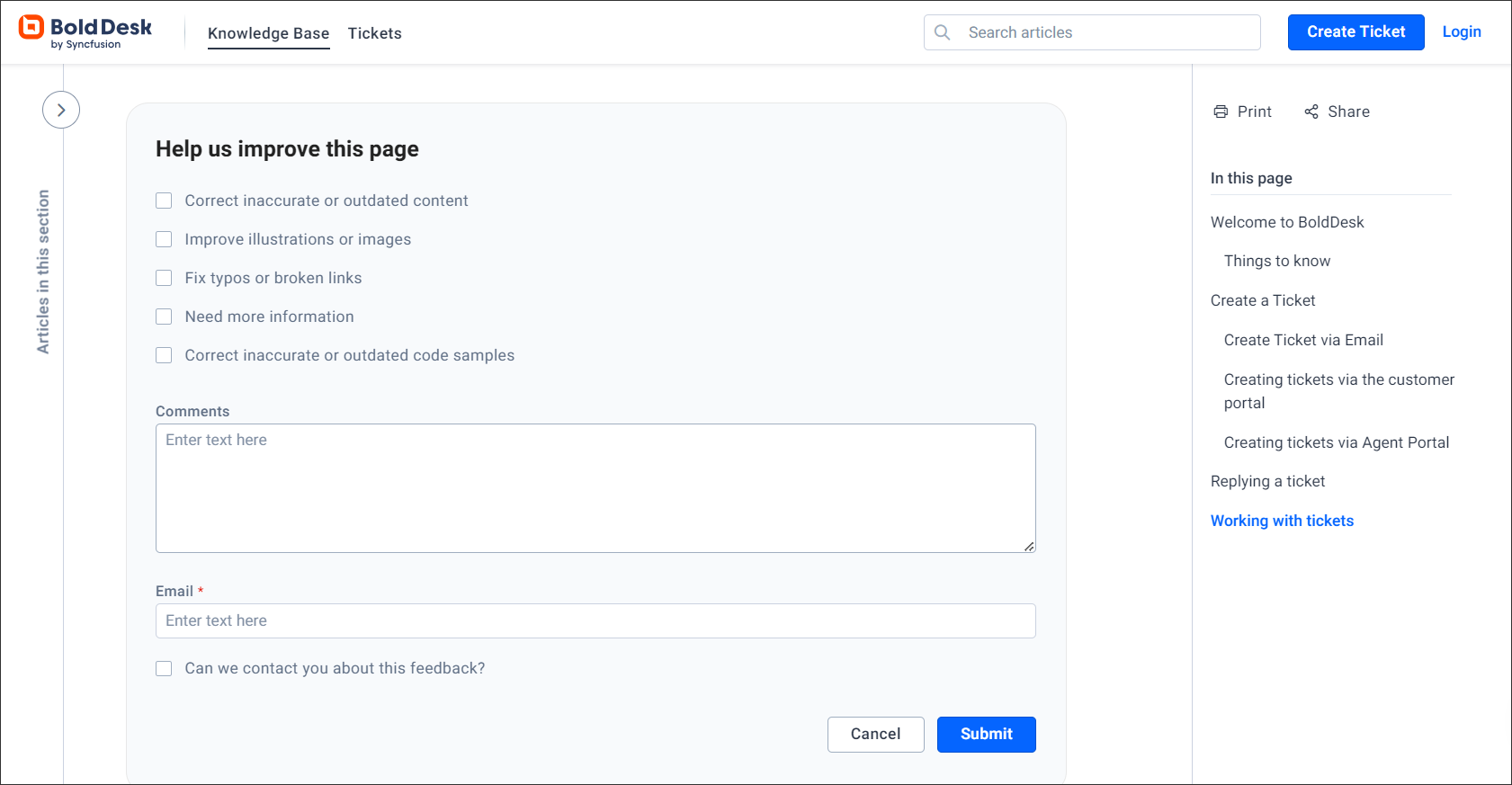
This makes collecting customer feedback an important customer service team goal.
Strengthen your customer onboarding
Depending on the company, the onboarding process can be pivotal in shaping the initial perception of your organization in the minds of customers. Making it simple should be a key customer service goal.
Establishing a faithful customer base is a challenging task in today’s fiercely competitive environment. First impressions carry a lot of weight.
We’ve all experienced it—subscribing to a new service or app and then struggling to figure out how to use it. Don’t let your customers face the same issue. Create an onboarding process that they will appreciate.
A well-designed onboarding process simplifies the initial user experience, allowing customers to accomplish more without needing to hunt down their own answers or reach out to customer support.
Leverage social media with creativity
Social media offers a dynamic platform for customer service that goes beyond just responding to complaints. Supporting users on social media platforms can be a highly effective strategy, considering that nearly half (48%) of customers seek information on these platforms before making purchase decisions, according to a 2020 report by the CCMC.
Utilizing social media creatively to achieve customer service goals involves integrating innovative and engaging strategies to interact with customers, address their concerns, and enhance their overall experience with your brand.
Examples of customer service manager goals
Enhance productivity
Productivity is a key goal of any successful customer service team. Teams should be working quickly, but also providing the best possible service to their clients.

An efficient customer support process results in fewer errors and delays, which leads to satisfied customers and agents. Having efficient and streamlined processes in place can greatly enhance productivity.
This can involve implementing standard operating procedures, using automation tools, and regularly reviewing and updating processes.
Productivity is not just about doing more in less time, but also about doing the right things at the right time.
Improve employee skills and satisfaction
The quality of your customer service is a direct reflection of your customer service team’s capabilities and satisfaction. Delivering exceptional customer service involves empowering your team to excel.
One way to improve both your team’s skills and stress levels is to make sure they have all the tools they need to do their jobs well.
Continual training should be a part of your customer service team’s routine to ensure this.
By enhancing their know-how and confidence, your team will improve in addressing customer issues, leading to quicker response times, elevated customer satisfaction, and agents comfortable managing more tickets.
Managers should initiate routine individual meetings with their employees and provide tailored feedback. As employees progress and improve, they should be granted more independence and responsibility.
Understanding your agents’ level of satisfaction or dissatisfaction with their role can assist in retaining essential employees and decreasing your company’s staff turnover rate.
To keep track of employee satisfaction, managers can distribute anonymous satisfaction surveys regularly. The findings will provide insight into what brings joy to your team, their challenges, and their expectations from the company.
Investing in the development and contentment of your agents can positively impact your profits.
Enhance troubleshooting skills
Improving troubleshooting skills is a customer service goal that directly impacts the efficiency and effectiveness with which customer issues are resolved. To achieve this goal, managers need an integrated approach that begins with comprehensive training.
Customer service representatives must be equipped with in-depth knowledge of the company’s products and services, as well as common issues customers may encounter. This knowledge enables them to identify problems quickly and understand their root causes.
In addition to training, regular skill-building workshops and simulations can be incorporated to keep troubleshooting skills sharp and present less common scenarios.
Improve quality of customer service responses
To elevate the quality of customer service responses, representatives should ensure that each interaction with a client is not only efficient but also personalized and empathetic.
Enabling them to do so means investing in comprehensive training programs that focus on active listening skills, product knowledge, and compassionate techniques, enabling representatives to understand and address customer inquiries accurately and with a genuine sense of care.
Additionally, it involves implementing quality assurance measures such as regular reviews of customer interactions and performance analytics to identify areas for improvement.
Motivate your team with smart customer service goals
Setting and meeting customer service goals is a continuous process that requires commitment, effort, and regular review.
By setting SMART goals and using effective strategies, you can improve your customer service and achieve higher customer satisfaction.
Overly ambitious objectives can lead to frequent disappointments. When properly formulated, though, these goals can serve as an effective tool to keep the entire team focused and united.
They are instrumental in improving customer service, thereby boosting customer loyalty and retention. In addition, they have the potential to uplift team morale, reduce agent turnover, and improve overall employee performance.
Book a live demo to discover how BoldDesk can enhance your business and help you set effective customer service team goals.
Begin a free trial to delve into its numerous features. Should you have any questions regarding the product and its functionalities, don’t hesitate to reach out to the BoldDesk support team.
Related articles


















 Email Ticketing System
Email Ticketing System Shared Inbox Software
Shared Inbox Software Multi Brand Help Desk
Multi Brand Help Desk Internal Help Desk Software
Internal Help Desk Software Trouble Ticketing Software
Trouble Ticketing Software Mobile Help Desk
Mobile Help Desk 














